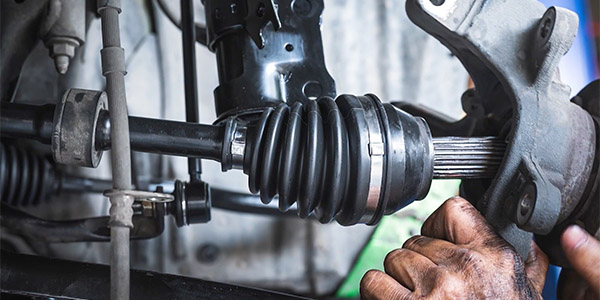How much do you think your customers know about power steering? If it was a category on Jeopardy, more people would probably choose “Lesser Known Greek Mythology” over “Why My Steering Wheel Won’t Turn.”
How about you? When your customer comes in complaining about not being able to fit into a parking space or other issues, how well can your team answer his questions?
Since power steering first became mainstream, the system has evolved. Today, there are three types of power-steering systems that customers might encounter: hydraulic power steering, electric power hydraulic steering and all-electric power steering.
HYDRAULIC power steering uses hydraulic fluid supplied by an engine-driven pump (actually driven by a belt) to assist in turning the steering wheel. The pump provides pressurized fluid to the Power Steering Pressure hose and delivers it to the inlet side of the steering rack to be further directed by what’s called a spool valve. Power-steering fluid is pulled from the reservoir, which is replenished by a low-pressure power-steering hose that returns fluid from the gear.
In the push for better fuel economy, manufacturers have introduced new electric systems to reduce the load on the engine. Electric power hydraulic steering uses similar components as the traditional hydraulic units, but the hydraulic steering pump is driven by an electric motor instead of the engine.
ALL-ELECTRIC power steering is a non-hydraulic system assisted by an electric motor, operated by a software-driven power-steering module. An all-electric system reduces the load on the engine and is only active when the steering wheel is turned one way or the other, which improves fuel economy.
The thing you AND your customers must remember is that each system has its own characteristics. If they’re complaining about the way the steering feels, ask a few baseline questions first: Did you accidentally hit a curb while parking? Have you recently jumpstarted your vehicle? Are there any seemingly unrelated issues with the vehicle?
Before you quote a repair or replacement price, study up on what the real answer may be.
Oh, and for you trivia buffs – Here’s the answer: “It was the first mass produced car with power steering?” The question: “What was the 1951 Chrysler Imperial.”
Thanks for watching. I’m Doug Kaufman.
This video is sponsored by The Group.













